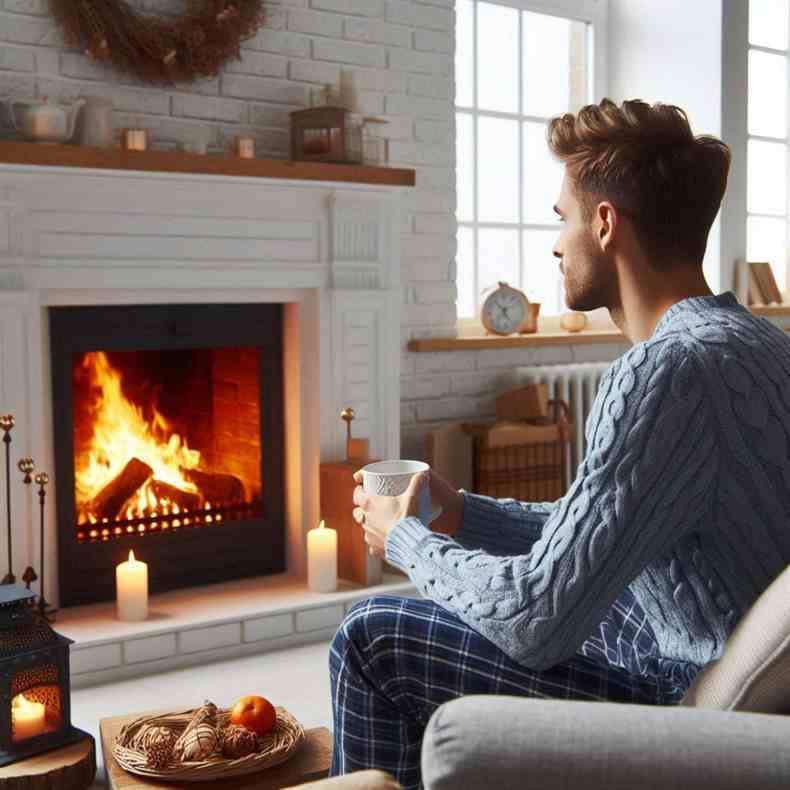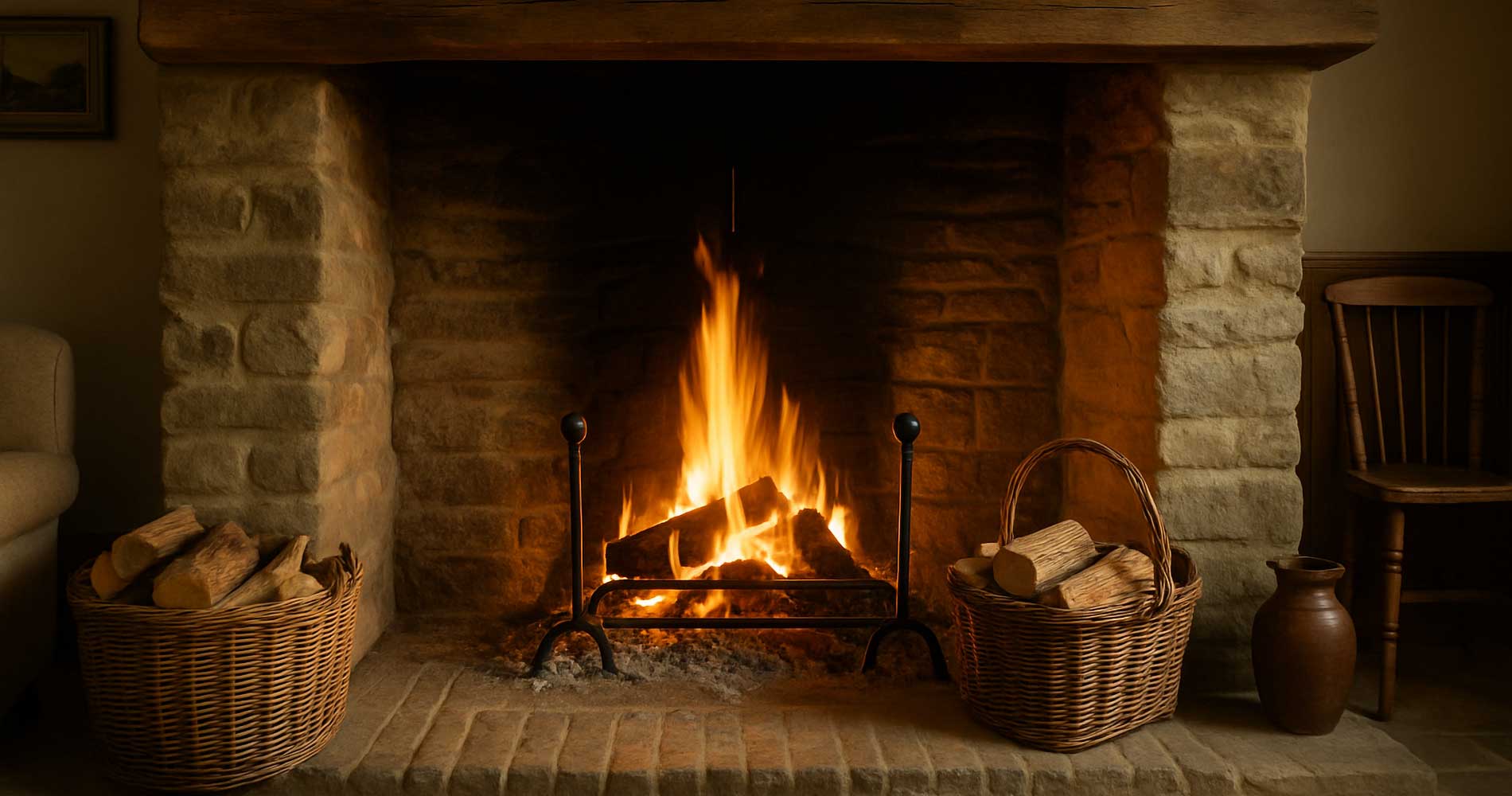A Fire That Feels Good—Inside and Out
There’s something timeless about a fireplace. The flicker of flame, the soft crackle, the way it makes you breathe out a little deeper. But let’s be honest—traditional fireplaces haven’t exactly been the eco-heroes of the heating world. Smoke, soot, carbon emissions... it all adds up.
The good news? You don’t have to choose between staying warm and staying green. Whether you’re fitting out a new build or looking to upgrade your current setup, there are eco-friendly fireplace options that offer comfort, character, and conscience—all in one cosy package.
What Makes a Fireplace Eco-Friendly, Anyway?
It's not just about emissions (though that’s a big part of it). A truly green fireplace will:
- Use clean or renewable fuel sources
- Maximise energy efficiency—more heat, less waste
- Produce fewer pollutants (especially particulate matter)
- Have a minimal impact on indoor air quality
- Often be built with sustainable materials
It’s about the whole picture—how the fire burns, what it burns, and what that means for both your home and the planet.
Electric Fireplaces: Clean, Quiet, and Surprisingly Cosy
For many, electric fireplaces are the easiest and cleanest option. They don’t actually produce a flame—what you see is a realistic simulation—but they do produce heat, and without the need for chimneys, logs, or venting systems.
- Zero emissions: No combustion, no smoke, no nasties.
- Energy efficient: Especially when powered by a green energy tariff.
- Low maintenance: No ash, no sweeping, no fuss.
Electric fires are perfect for smaller homes, flats, or anyone who wants instant comfort without a carbon hangover. And let’s be honest—they’re great for people who don’t fancy dealing with logs and lighters.

Gas Fireplaces: Efficient and Cleaner Than You’d Think
While not quite carbon-neutral, modern gas fireplaces are far cleaner than their wood-burning cousins. They burn efficiently and cleanly, producing fewer emissions and less indoor pollution—especially when compared to older open fires.
- Direct-vent systems: These draw air in from outside and push waste gases out, keeping indoor air fresh.
- Programmable heat settings: Save energy by tailoring output to your needs.
- No wood = no deforestation: A big plus if sustainability is front of mind.
If you want a real flame but aren’t quite ready to go full electric, a high-efficiency gas fireplace is a solid middle ground.
Bioethanol Fireplaces: Stylish and Sustainable
If you’ve never heard of bioethanol fires, you’re not alone. But they’re fast becoming a favourite for eco-conscious urban homes. These run on clean-burning ethanol derived from plant by-products—think corn, sugarcane, even potatoes.
- Renewable fuel: Bioethanol is made from crops, not fossil fuels.
- No smoke or soot: You get a real flame without the mess or health concerns.
- No chimney required: These can be installed almost anywhere, even in small flats or rooms without vents.
They don’t pump out loads of heat—more decorative than furnace-level—but for creating a warm atmosphere, they’re spot on.
Modern Wood-Burners: Not All Logs Are Created Equal
Love the idea of real wood but still want to be kind to the planet? You can, with the right setup. Today’s eco-certified wood stoves are nothing like the smoky beasts of the past.
- Ecodesign stoves: These meet strict emissions standards and use far less fuel for the same heat output.
- Burning seasoned wood: Dry logs produce less smoke and more heat—good for your lungs and your chimney.
- Sustainable sourcing: Choose wood from certified, managed forests to avoid unnecessary environmental damage.
It’s not the cheapest route—but for many, the ritual of building a fire, hearing the crackle, and basking in the glow is worth the extra thought.
Pellet Stoves: High-Tech, Low Impact
Pellet stoves burn compressed wood or biomass pellets, which are super efficient and much cleaner than traditional logs. Think of them as the clever cousin of the wood-burner.
- Automated temperature control: These adjust themselves to maintain steady warmth.
- Minimal ash and emissions: Modern pellet stoves are among the cleanest solid-fuel options out there.
- Pellets made from waste: Many are produced from sawdust and scrap wood that would otherwise go unused.
If you like the idea of a wood fire but want less hands-on time and more efficiency, pellets might be your perfect match.
Tips for Making Any Fireplace Greener
Already have a fireplace but want to lighten your environmental footprint? You don’t always need to rip everything out and start over. A few simple tweaks can make a big difference:
- Install a fireplace insert to improve heat output and reduce smoke
- Switch to sustainably sourced wood or cleaner fuels
- Add a programmable thermostat to your gas or electric system
- Seal up drafts and improve insulation—less heat lost means less fuel needed
- Use your fireplace strategically—short bursts in the evenings rather than all day long
It’s all about balance. Small actions, over time, really do stack up.
Final Thoughts: The Warm Glow of Doing the Right Thing
A fireplace should be a source of comfort, not concern. And these days, you don’t have to choose between a beautiful, soul-soothing fire and being responsible with your energy use. With a bit of planning (and maybe a dash of clever tech), you can have both.
So whether you're designing your dream home or just want to make a greener tweak to the one you have, take heart—eco-friendly fireplaces are no longer the rare, quirky option. They’re smarter, cleaner, and easier to find than ever.
And they’re waiting to make your home warmer, softer, and just that little bit kinder to the world outside.
